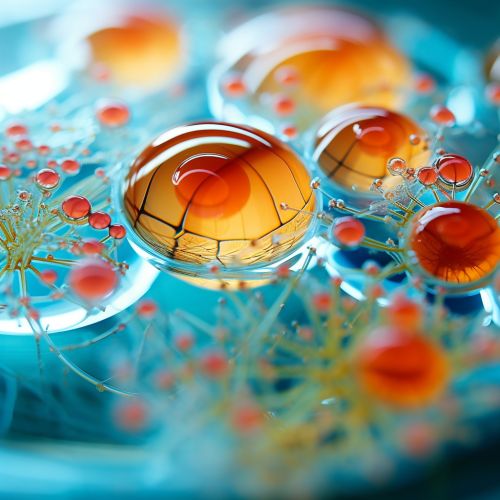Cell lines
Introduction
Cell lines are a valuable resource in scientific research, particularly in the fields of cell biology and molecular biology. They are a population of cells derived from a single cell of origin that have been adapted to grow in vitro. These cells proliferate indefinitely given appropriate fresh medium and space, providing a constant, renewable source of biological material for experimental use.
History
The first human cell line, known as HeLa cells, was established in 1951 from a cervical cancer patient named Henrietta Lacks. These cells have been used extensively in research, contributing to numerous scientific breakthroughs. Since then, many other cell lines have been developed from various species and tissues, each with their unique characteristics and applications.


Types of Cell Lines
There are several types of cell lines, each with its unique characteristics and uses.
Primary Cell Lines
Primary cell lines are established directly from tissue samples and have a limited lifespan. They maintain many of the physiological properties of the original tissue, making them useful for studying normal cell physiology and function.
Continuous (Immortal) Cell Lines
Continuous cell lines, also known as immortal cell lines, can proliferate indefinitely due to mutations that allow them to bypass the normal cellular mechanisms that prevent unlimited cell division. Examples include the HeLa cell line and the 293T cell line.
Tumor Cell Lines
Tumor cell lines are derived from cancerous tissues. They are often used in cancer research to study the biology of specific types of cancer and to test potential anti-cancer drugs.
Applications
Cell lines are used in a wide range of scientific research, including drug discovery, gene function studies, and production of biological compounds.
Drug Discovery
Cell lines are often used in the initial stages of drug discovery to identify compounds that have potential therapeutic effects. They can also be used to study the mechanisms of drug action and resistance.
Gene Function Studies
Cell lines are frequently used in gene function studies. Techniques such as CRISPR-Cas9 gene editing can be used to introduce specific mutations into a cell line, allowing researchers to study the effects of these mutations on cell function.
Production of Biological Compounds
Certain cell lines are used for the production of biological compounds, such as proteins and vaccines. For example, the CHO (Chinese Hamster Ovary) cell line is widely used in the biotechnology industry for the production of therapeutic proteins.
Advantages and Limitations
Cell lines offer several advantages over other biological materials for research. They are readily available, easy to handle, and provide a consistent, renewable source of material. However, cell lines also have limitations. They may not fully represent the physiology of the original tissue, particularly in the case of cancer cell lines, which often have multiple genetic abnormalities. Additionally, cell lines can undergo genetic changes over time, which can affect the reproducibility of experiments.
Conclusion
Cell lines are an essential tool in biological research, with wide-ranging applications in areas such as drug discovery, gene function studies, and the production of biological compounds. Despite their limitations, their ease of use and the ability to provide a consistent, renewable source of material make them invaluable in the scientific community.
